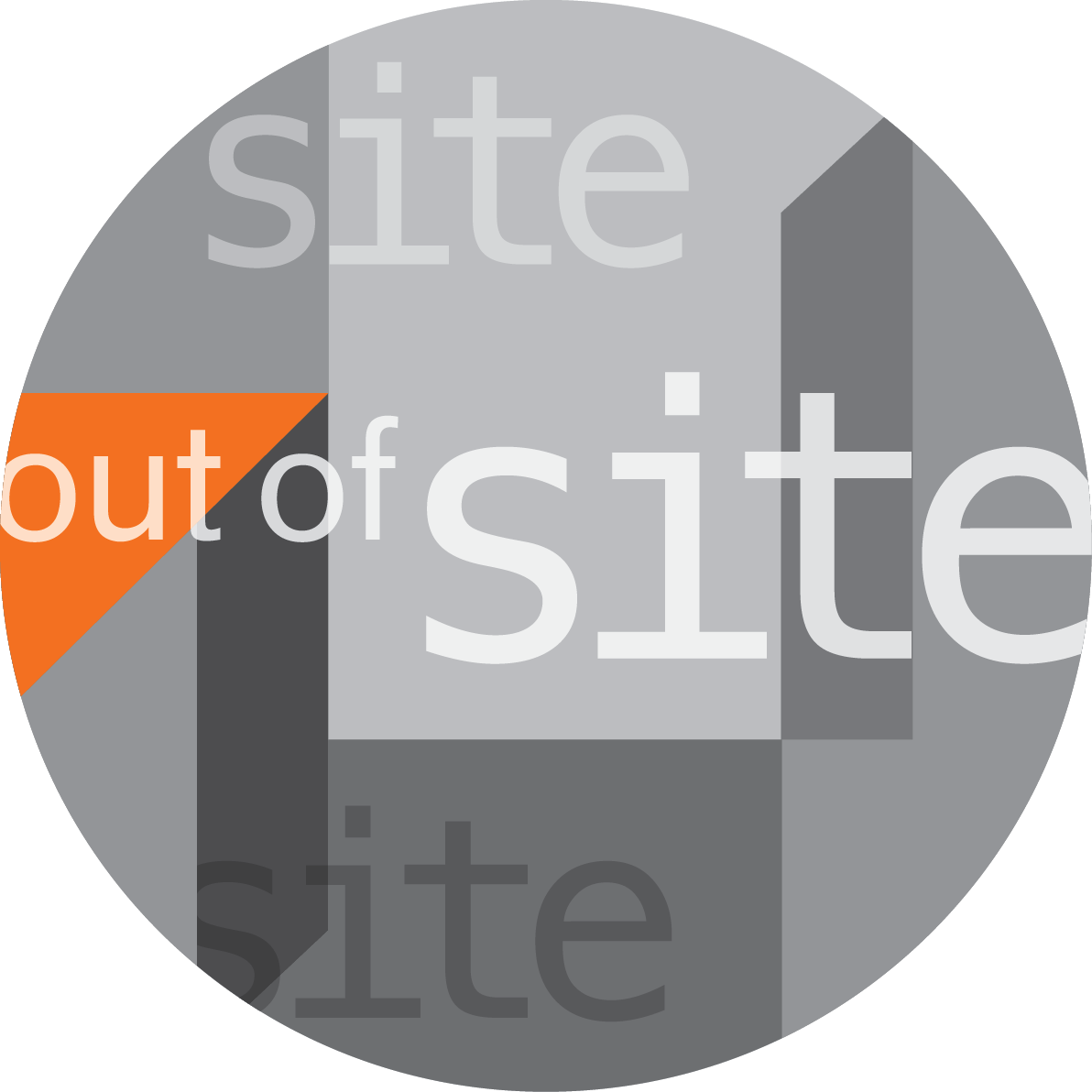Paul Couillard
GESTURE: The materiality of animateness
Photo by Dominique Wainstein
Paul Couillard (wearing white glove given to him by Alexander Del Re) with audience member, I – You – We [Eu – Você – Nós] presented in the context of "Perfor6 [quem?]" at Largo da Batata, Sao Paulo, Brazil
Abstract
Thursday June 2, 2022
@10am - 11:30am CT
A Performance Lecture
Since the very beginnings of my performance art practice, I have been focused on exploring the medium's formal qualities. I understand the essential elements of performance to be time, space, performers' bodies and relationships to audiences, and I have argued that what often defines performance art as distinct from other performing arts practices (dance, theatre, music) is an interest in challenging or testing the established conventions around any or each of these parameters.
None of these elements are static or inherently conservable, which has led to the assertion, most notably by Peggy Phelan, that the ontology of performance is to be found in its disappearance. As much as I appreciate performance's ephemerality, however, I also know that performances spill out beyond the borders of their presumed beginnings and endings—not just in their material remains and recordings, but also through their animate remains: reverberations, resonances, rhythms, and recurrences that manifest through movement and relationality. Performances have, in other words, a porous gesturality that can also be seen as part of their elemental composition, and this animateness escapes any presumed economy or ontology of closure, loss, or disappearance. To think through the being of performance, we must also understand the doing of it, the way animateness inhabits materiality not just as a quality, but as an integral part of its essence.
This re-thinking of what constitutes materiality, which for me has been guided by my investment in performance art as a practitioner, curator, and theorist, has implications for how we understand what performance art is and does, as well as how we might want to approach the tasks of recording or even conserving it. Performance has generally been treated as text—e.g. as script, score, or choreography—which marks it as reproducible, or as captured image, which marks it as an irrevocably past event. What changes when we think of performance, instead, in terms of action or gesture?
In his text, "Notes on Gesture," Giorgio Agamben offers a clue in his assertion that art historian Aby Warburg's unfinished Menomysyne picture atlas was not a "science of the image," but instead was an investigation of "the gesture intended as a crystal of historical memory." Gesture is porous. It migrates not only from body to body or site to site, but also from medium to medium, inhabiting without being fully contained by any of them. This continual passing-through is the nature of animateness.
I have written and spoken about some of these ideas in relation to two ongoing curatorial projects, KinesTHESES (The KinesTHESES Digital Toolkit) and Manifest Gestures, a proposed retrospective of the Canadian performance art duo Randy & Berenicci, but the subject itself demands a more integrated, multimodal treatment. I propose "GESTURE: The materiality of animateness" as an interactive, performative, and gestural "lecture" that explores these ideas in relation to the gestures of both my own performance art practice as well as several key performance art projects I have undertaken as an organizer, curator, theorist and conservator of the medium.

Paul Couillard joined by young audience member, Fixed Signal presented in the context of "Independence.do Festival Internacional de Performance" Puerto Plata, Dominican Republic PHOTO: Fausto Gracia
![Paul Couillard (wearing white glove given to him by Alexander Del Re) with
audience member, I – You – We [Eu – Você – Nós] presented in the context of
"Perfor6 [quem?]" at Largo da Batata, Sao Paulo, Brazil PHOTO: Dominique
Wainstein](https://images.squarespace-cdn.com/content/v1/605a589dc259932a14af4741/ef69d4bc-155a-49eb-b407-ef290b644227/Couillard2015+-+Paul+Couillard.jpg)
Paul Couillard (wearing white glove given to him by Alexander Del Re) with audience member, I – You – We [Eu – Você – Nós] presented in the context of "Perfor6 [quem?]" at Largo da Batata, Sao Paulo, Brazil PHOTO: Dominique Wainstein


